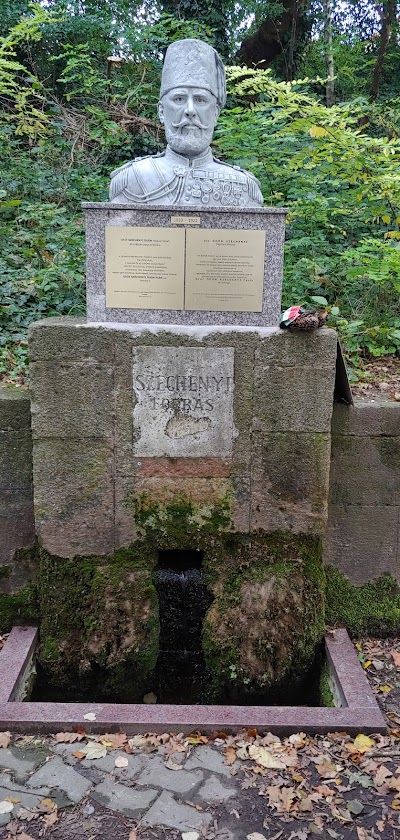Places of Interest
Széchenyi Spring
- Home
- /
- Places of Interest
- /
- Széchenyi Spring
The underground system of springs from the ferry terminal in Dunakeszi reaches as far as the northern tip of Sand Island (Homoksziget) in Göd, Hungary, Europe. Homoksziget is a popular beach along the river Danube, separated by the stream partly or sometimes entirely. This temporary island is a National Park area, rich in protected natural values.
Most of the spring waters are in direct connection with the lowest points of the impermeable layers.
The flood area along this particular bankline of the river is characterized by only a few meters in width. The steep clay river wall rises nearly ten meters above the water level, strengthening the resistance of the river bank to erosion.

The unique system of springs and the Oligocene-Miocene clay layers can not be found anywhere else in Hungary.
In the early years of the twenty-first century, hydrologists counted over seventy springs from the southern border of Göd to the Danube mouth of Ilka stream.
Quite a few of them are invisible, in fact. You can discover them, for example, when you start observing the ripples on the water surface of Feneketlen-tó on windless days, or in the bed of Ilka stream in winter when springs warmer than their environment make ice layers thinner and melt icy spots in the snow.
Széchenyi Spring in Gróf Széchenyi Ödön Park in Alsógöd is regarded as the most famous stream of all. It takes its name from Count Ödön Széchenyi, who owned the lordship in the 19th century.
Ödön Széchenyi was an Imperial Ottoman pasha, the only one who was ever elevated to the rank of general without requiring swapping his catholic religion to muslim. Amongst many other achievements he introduced, established and operated the first State Fire Brigade in Hungary and also in the Ottoman Empire. He was the second son of Count István Széchenyi, the “Greatest Hungarian” as he is referred to with high respect since the mid-19th century. The sons inherited their father’s commitment to the development of cultural and business relationships between Hungary, the European countries and the Osman Empire, too.
At the 180th anniversary of Count Ödön Széchenyi’s birth in 2019 a public park on his former real estate along the river bank in Alsógöd was named after him, in memory of the ”Fire Pasha” in Istanbul, commemorating his continuation of his father’s work, his self-sacrifice and persistent activities for the Hungarian and European public affairs.
On the ceremonial occasion, a ceramic bust of Ödön Széchenyi by Tibor Túri Török sculptor was unveiled. The masterpiece is placed on a granite base of the Széchenyi Spring in Gróf Széchenyi Ödön Park.
A bilingual plaque on the pedestal of the monument shows that the count’s service to the people and culture of Turkey and Hungary was substantial and decisive in his work, career and personality.